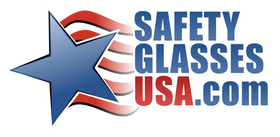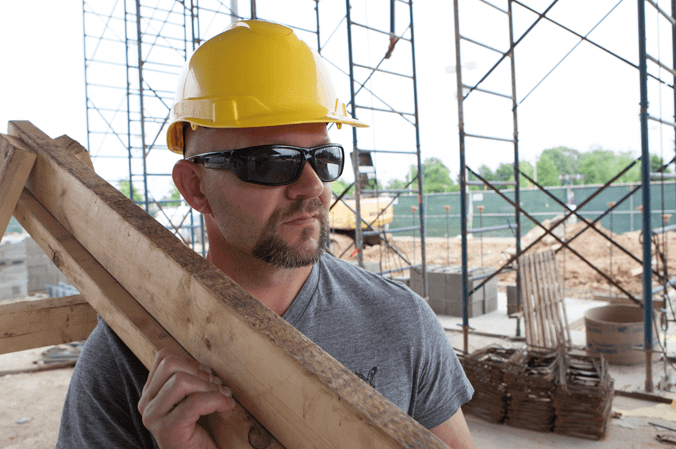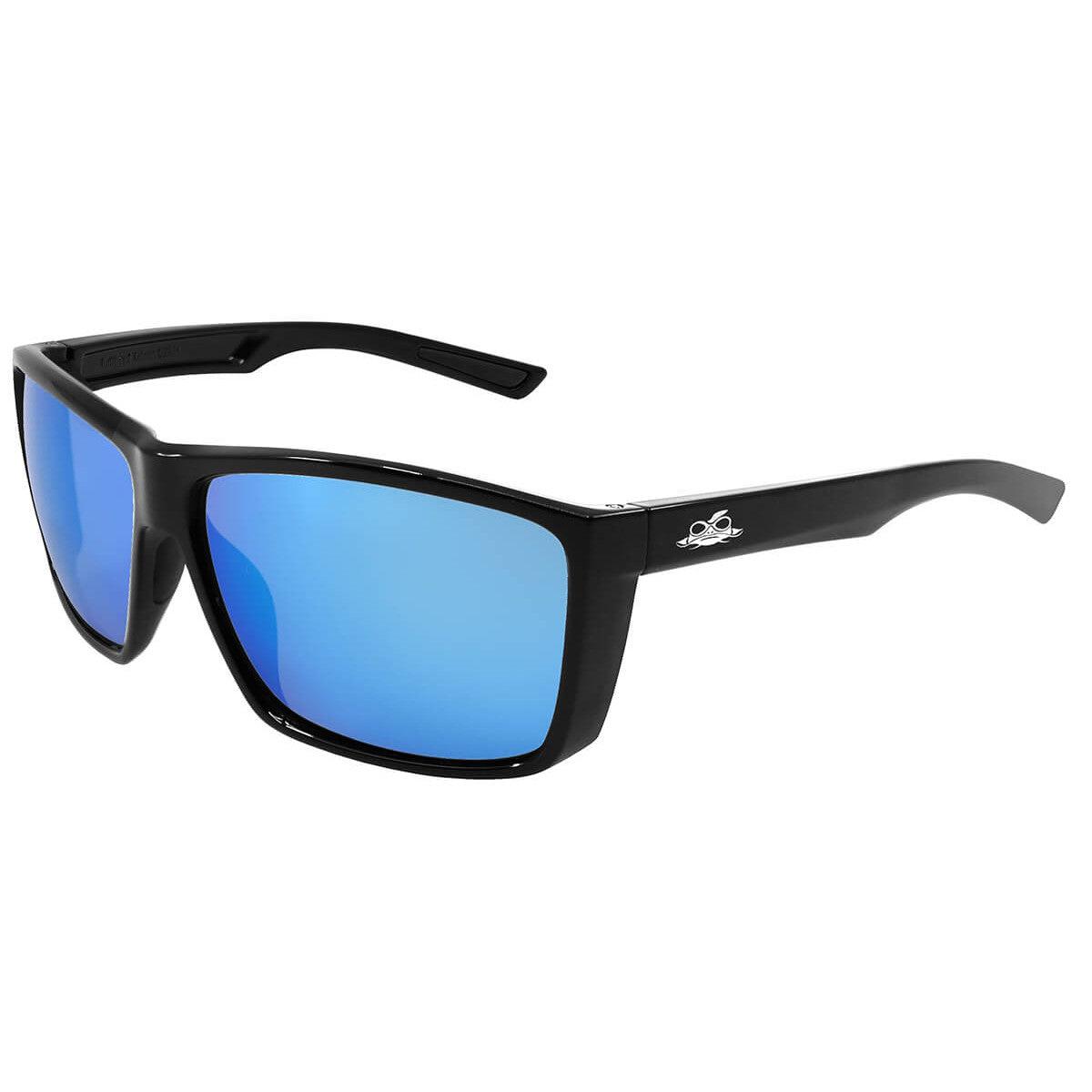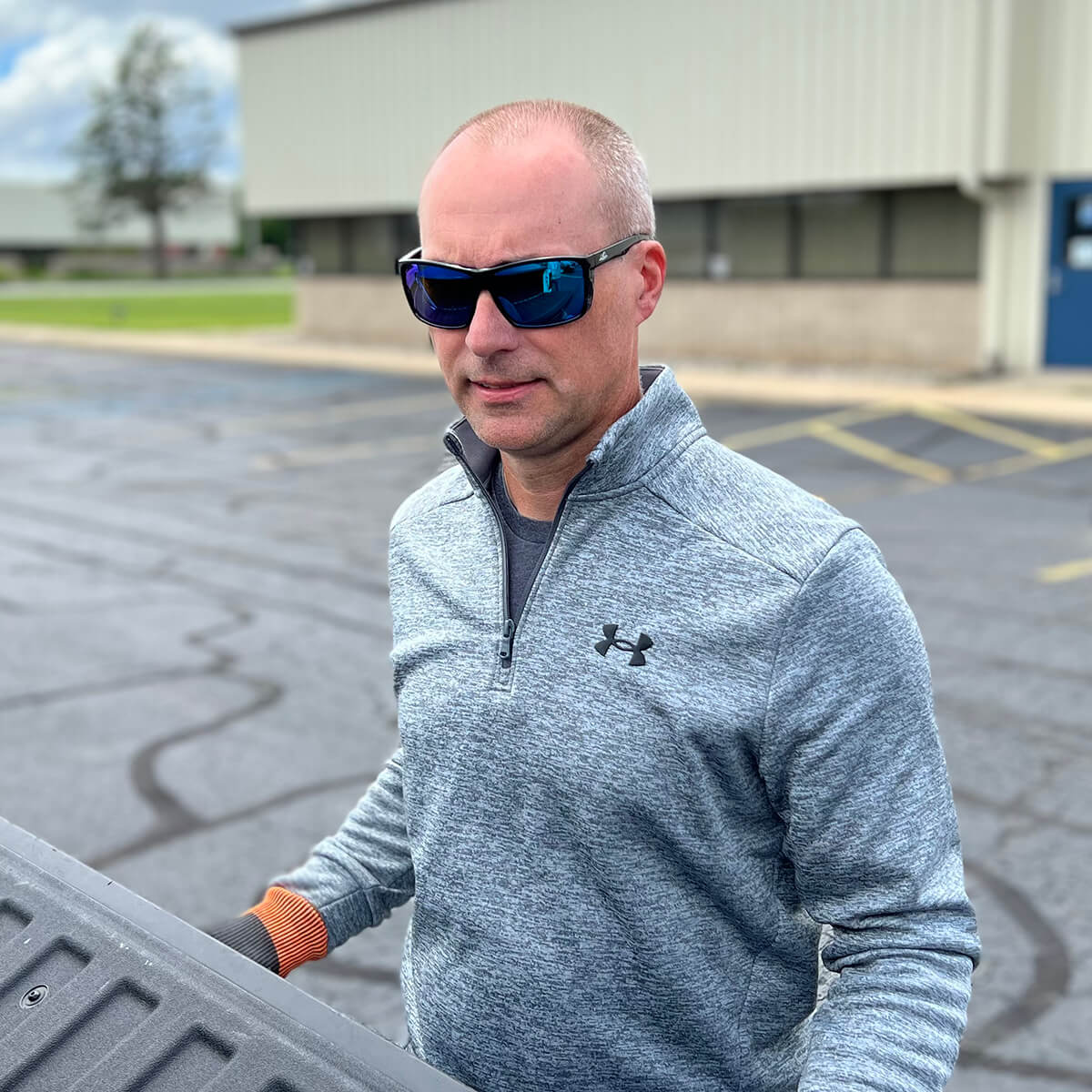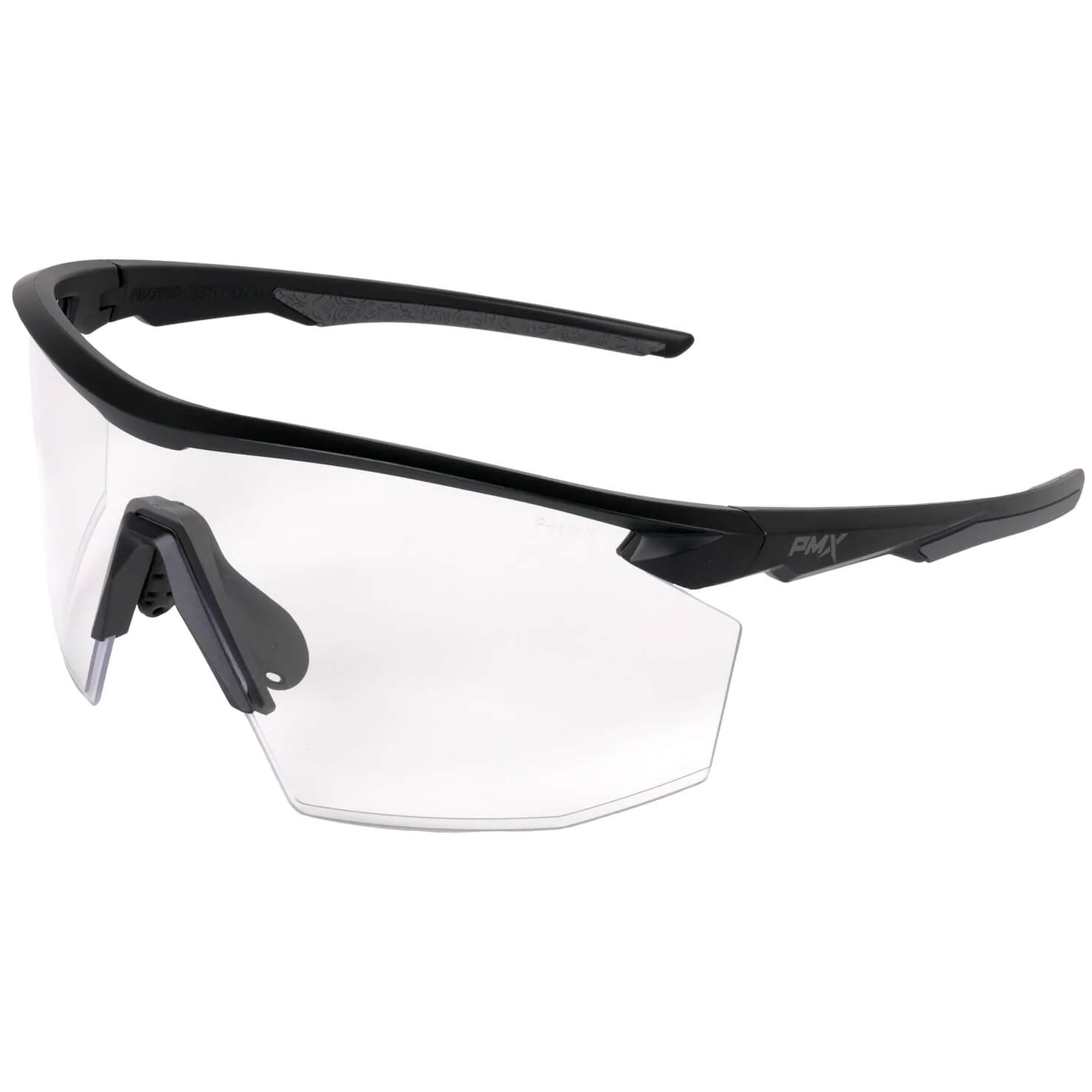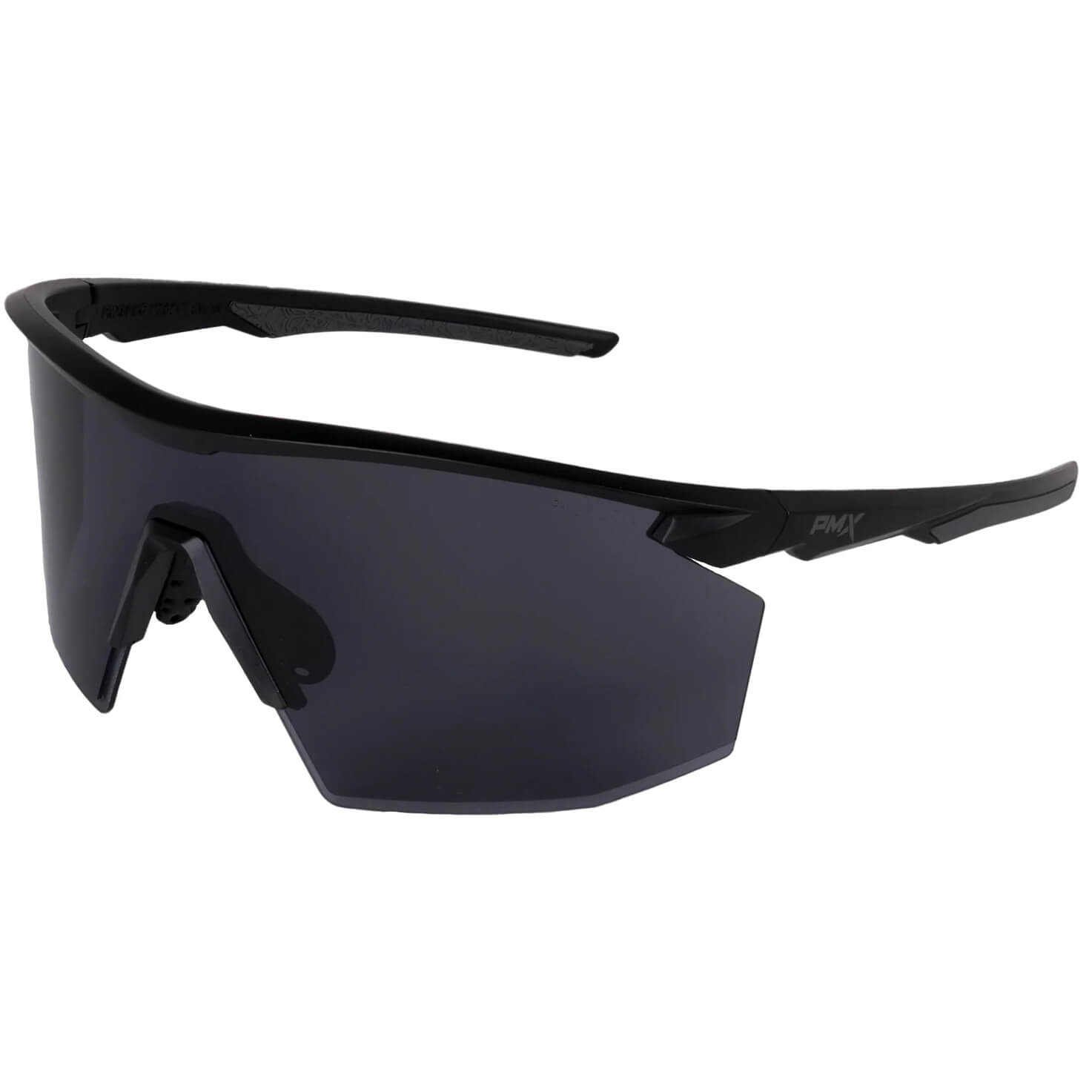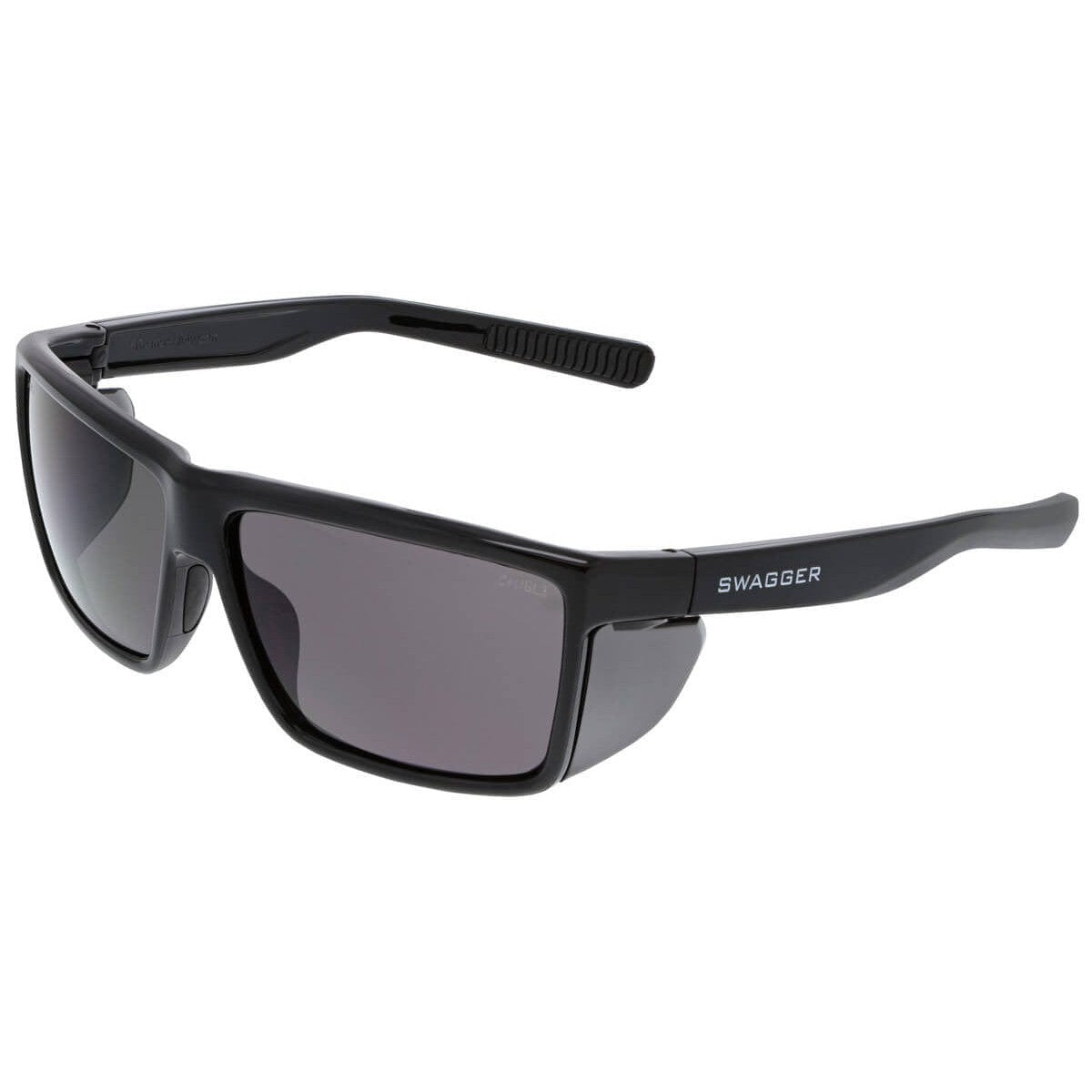Construction workers have the highest rate of eye injury of any workforce. The National Center for Biotechnological Information found that about 20% of occupational eye injuries occur in construction. Of that group, welders, plumbers, insulators, painters/glazers, supervisors, and electricians have a higher proportion of eye injuries.
From a foreign body in the eye to passing-through injuries, construction workers have more opportunities for eye injury than most other occupations. For this reason, eye safety must take an even higher priority in the construction trades.
10 Recommendations for Improving Eye Safety in Construction
1. Always wear eye protection. Most eye injuries in any occupation could be prevented simply by wearing safety eyewear consistently.
2. Wear the correct type of protection. Often, having the wrong kind of eyewear results in non-compliance and injury. Wearing the proper safety eyewear for the job and conditions means eyewear stays on instead of being removed because it's a hindrance.
3. Check prescription eyewear. Prescription eyewear is automatically impact-resistant, but it's not typically shatterproof. In addition, glasses provide only limited frontal protection, leaving room for small particles to make their way through the open sides, top and bottom, and to the eye. Fortunately, various Over-Prescription-Safety-Glasses exist for individuals wearing prescription frames and safety eyewear.
4. Perform regular maintenance checks on safety eyewear. Safety glasses and goggles are meant to prevent injury and not sustain repeated impact. Check safety eyewear for scratches & cracks regularly, and replace when eyewear shows signs of wear and tear or has sustained significant impact.
5. Clean your eyewear regularly. Dirty lenses reduce vision. Cleaning safety eyewear frequently and properly helps prevent injuries caused by poor visibility. Be sure to know "how to clean your safety glasses."
6. Store lenses properly. Instead of throwing eyewear into a toolbox or vehicle, put them in an old sock for scratch protection when not wearing. Better yet, purchase a hard case or microfiber pouch when buying eyewear.
7. Stay aware of your surroundings. On the construction site, passing through injuries can result when a worker lets down his guard. Therefore, always stay aware of other work on the construction site. In addition, having daily safety meetings can help ensure workers are aware of safety on the site.
8. Know available features. Safety eyewear is available to fit every person and situation, from the side, top & bottom protection, adjustable nose pieces, and straps to the almost endless styles available for different faces and conditions. Consult your safety officer when unsure of the best options available.
9. Consider goggles. Specific jobs require more protection than standard safety glasses can provide. Safety Goggles typically offer more protection, primarily when using liquids and chemicals. Some tasks may even require a face shield worn over your safety eyewear.
10. Be flexible. With the variety of tasks on the site and an individual's requirements, workers may find that having more than one option for safety eyewear provides the best protection. In addition, construction work often exists in varying conditions, from cold and hot weather to rain and high wind. These factors make a strong case for staying flexible by having multiple safety eyewear options.
If you work in construction, avoid falling prey to the top two reasons for eye injury on-site: failure to wear safety eyewear and the wrong type of eyewear. Instead, follow the above recommendations to ensure you have the best eyewear for your particular situation and that your protective eyewear stays in the best condition possible.
